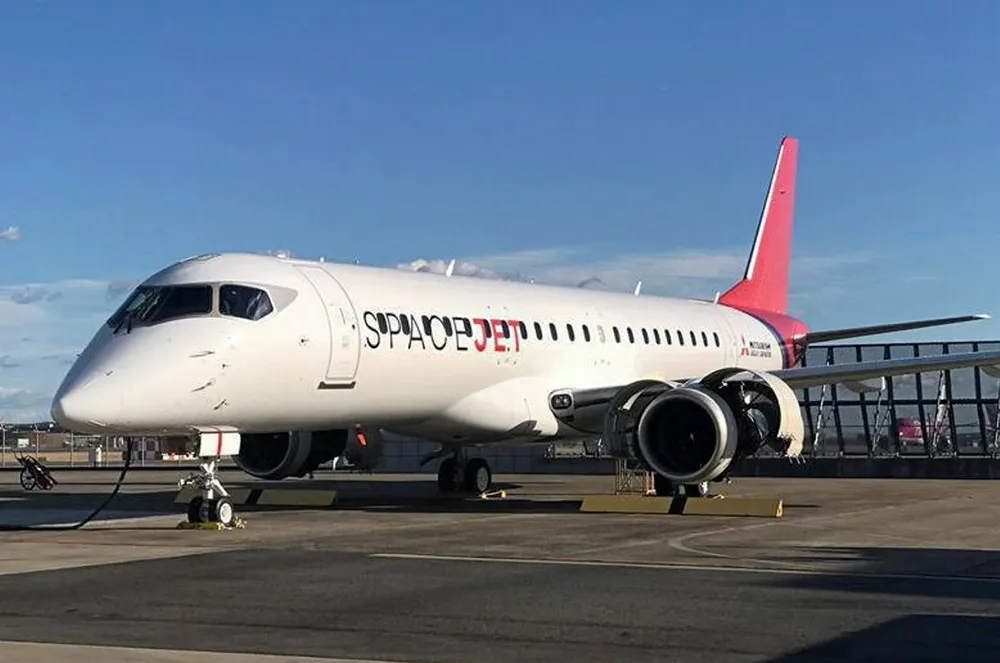Japan unveils plan to spend $33bn developing next-generation hydrogen or electric aircraft
Public-private partnership to finance programme, revealed just a year after previous decade-long effort was scrapped

Public-private partnership to finance programme, revealed just a year after previous decade-long effort was scrapped
